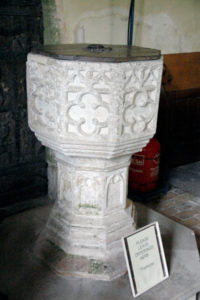Runhall All Saints
























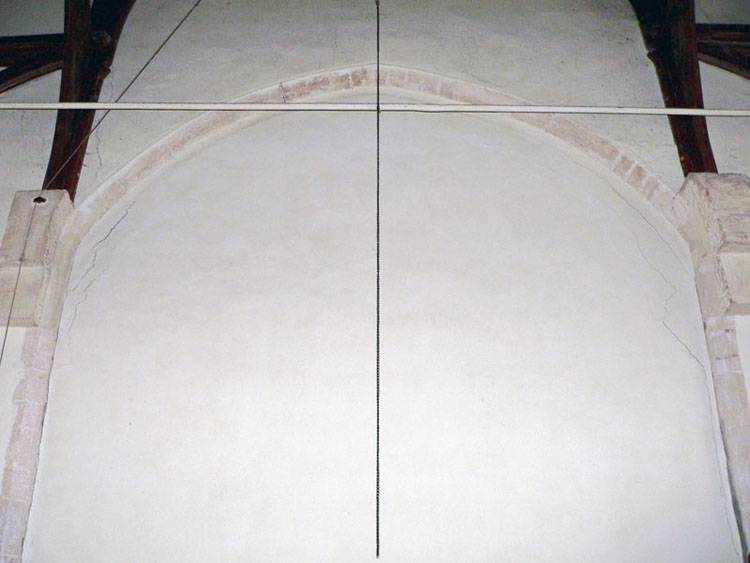










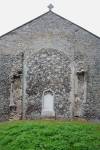

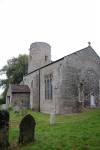




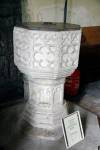
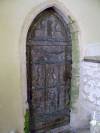





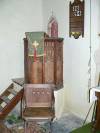



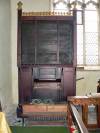


All Saints Church Runhall
Where to find this church
Church Information
All Saints church is located in Runhall, a small rural Norfolk village about halfway between Dereham and Wymondham.
This church is usually open to visitors
* denotes external links that open in a new window
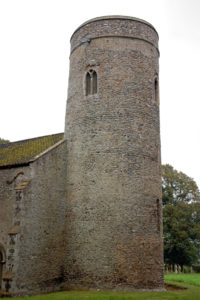
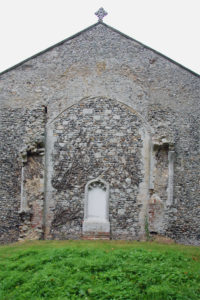
Visiting Runhall All Saints
When you visit All Saints church in Runhall, you might think that it is kept locked, even though this website clearly states that it is usually open. The trick is to turn the ring on the door clockwise, not anti-clockwise as you would expect. The photos are not of very good quality, so we have to visit this church again.
This modest looking church stands at the top of its gently sloping churchyard. The chancel has totally disappeared, apart from a blocked chancel arch and a small bit of walling for the start of its side walls. This was perhaps the result of a fire around 1562. It may have been that the Catholic Patron could see no reason to pay to repair a building for Protestant worship! The round tower was added to a 12th century church, probably in the 13th century. It is just a simple round tower, with a round parapet. Its belfry openings had Y tracery, but the west one has lost the tracery and the south one has been re-fashioned. Lower down the west side is a very tall, narrow slit window. The short 12th century nave was widened, again in the 13th century, and faint traces of the earlier quoins can be seen in its west wall. The pointed north doorway, now blocked, is typical of that time. The south window next the porch has been repaired in red brick with a form of Y tracery. The other window is 15th century, larger with a square top. Those on the north side are the same, a smaller Y traceried one near the pointed north door with some re-used stones with billet carving in its arch, and a larger one further east. The porch is a 20th century repair, with cement rendering. Its front gable has a maple leaf on either side of a cross formed in the cement surface.
Inside the Church it can be seen that the wide roof is supported by slender wooden pillars, part of the restoration in 1870. Because there is no chancel, the altar stands against the east nave wall, below the blocked chancel arch. Just to the north of this is an ogee-arched niche in the east wall with traces of its original colouring, was it the entrance to the Rood stairs? The font is 14th century with quatrefoils
The tower arch is pointed, built with the rest of the tower, but inside the tower it can be seen that 12th century stone work, with chevron and beading patterns, has been re-used to make the arch. Maybe these stones came from the doorway into the earlier nave? The door filling the tower arch is covered with spectacular iron work from the mid 12th century, with bits added later, perhaps as it was transferred from older wood to a new door. The earliest bits include a dragon (head lost), snakes, three vertical bars and some interlace, two pairs of a horse-shoe design and horizontal straps with a chiselled line and feathering between the line and the edge. The upper hinge strap with punched rosettes is circa 1400, and the top horizontal strap with soldered wire is circa 1500.
Conclusion: little open country church with unusual ground plan
